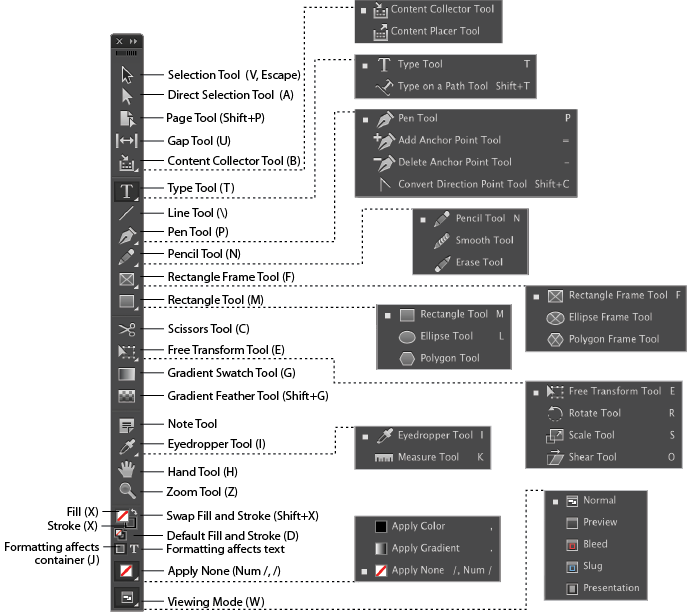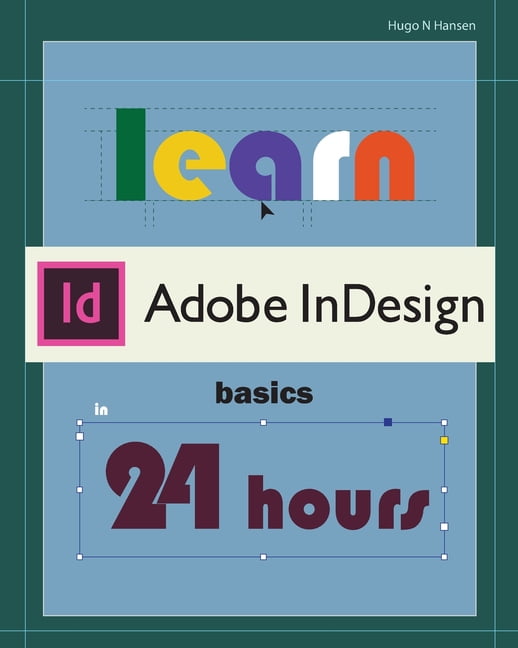

If you’re creating a new document from scratch, this is where you establish the initial number of pages, size, margins, and bleed settings.Īs you can see in the image below, this 5×5 trifold template is built with two, non-facing pages, each measuring 5×15″, with an additional. You can use the buttons at the bottom of the panel to add or delete pages, and rearranging them is as simple as dragging and dropping.Īll the important details of the document (like the size, bleed, etc.) can be found by choosing File > Document Setup. Here you can see an overview of all the document’s pages. This is one of the primo panels in InDesign (much like the Layers panel in Photoshop). Let’s orient ourselves with a look at the Pages panel (Window > Pages).


It’s two totally different outputs from one simple project. Then, we’ll be repurposing some of the content for social media. To make things easy, we’ll start with an InDesign template and walk through the process of customizing it to create a brochure for a fictitious henna artist. Here’s a fun project to help you get started. If you have experience with other Adobe products, you’ll find InDesign’s workspace familiar, making it easy to pick up the basics in a flash. Think of it as the stage that brings together two of Creative Cloud’s other biggest rockstars: Photoshop and Illustrator. InDesign makes it easy to combine text and copy with illustrations (Illustrator) and photos (Photoshop) to create everything from interactive PDFs to the layout of your favorite novel. Proposals and contracts? Again, InDesign. Long considered the industry standard for creating multi-page layouts, knowing the basics should be part of every designer’s core skillset. If you hang around professional graphic designers long enough, chances are you’ll hear them talk about Adobe InDesign.


 0 kommentar(er)
0 kommentar(er)
